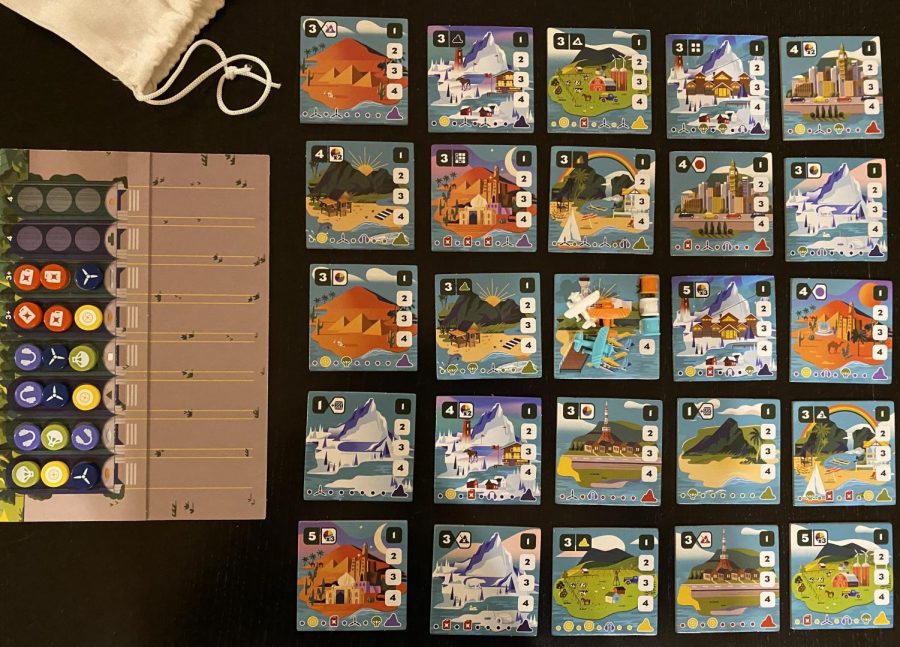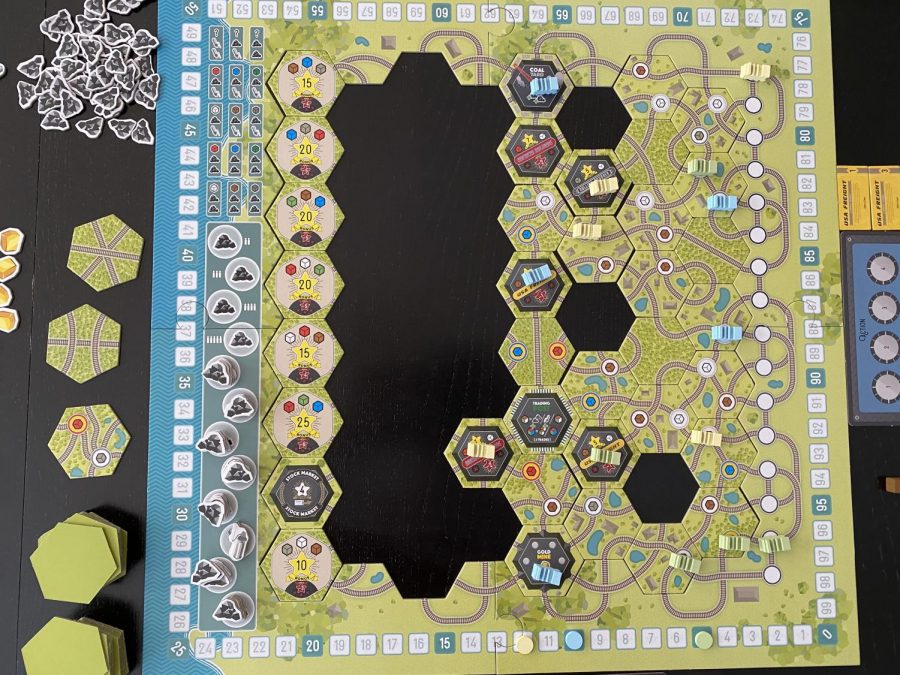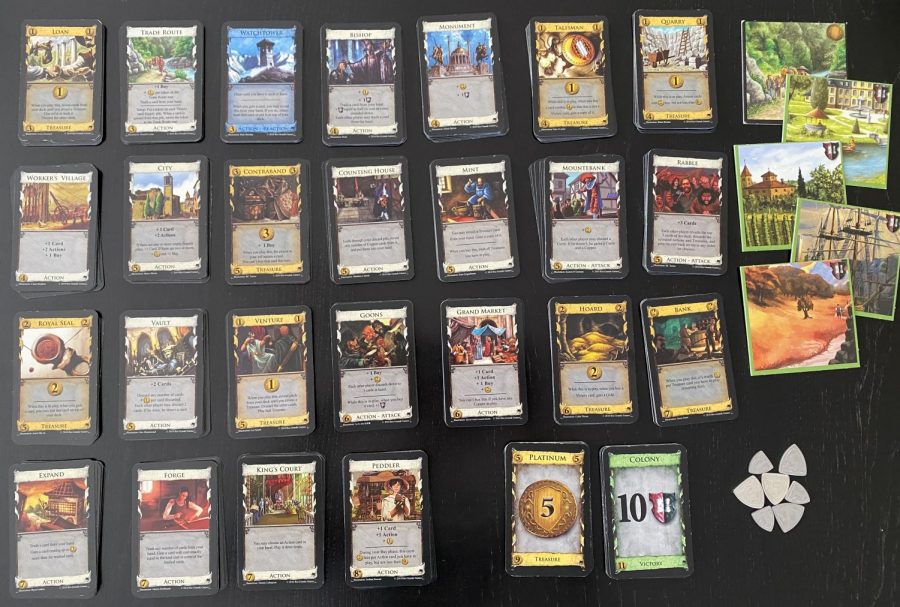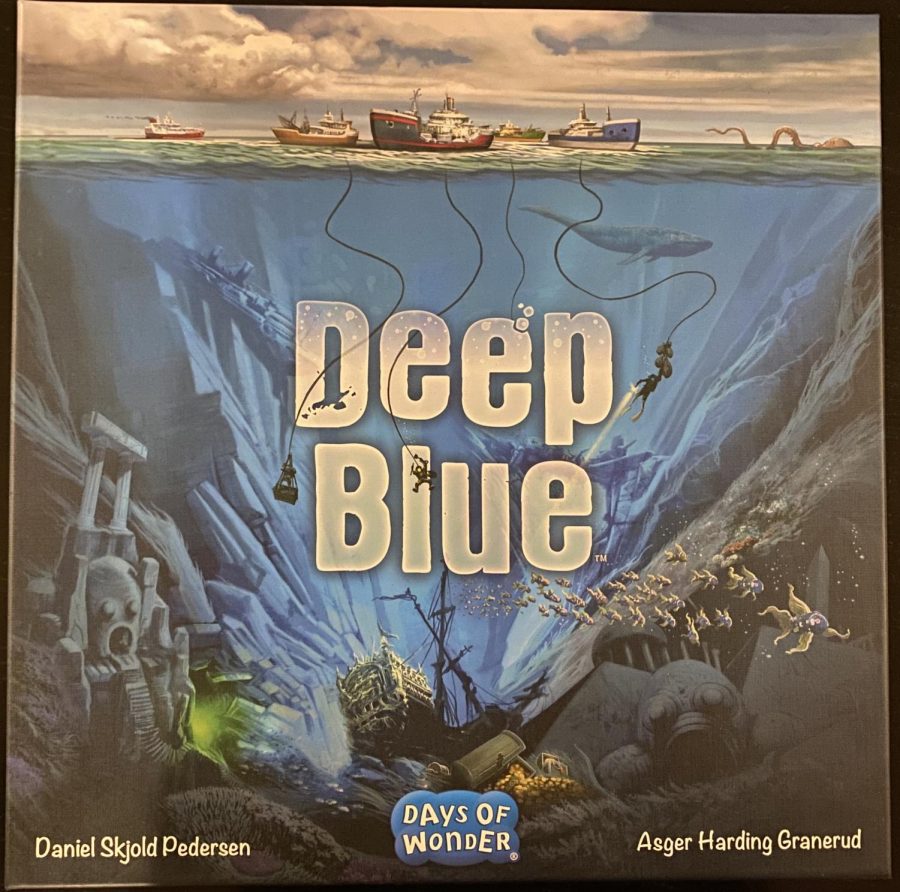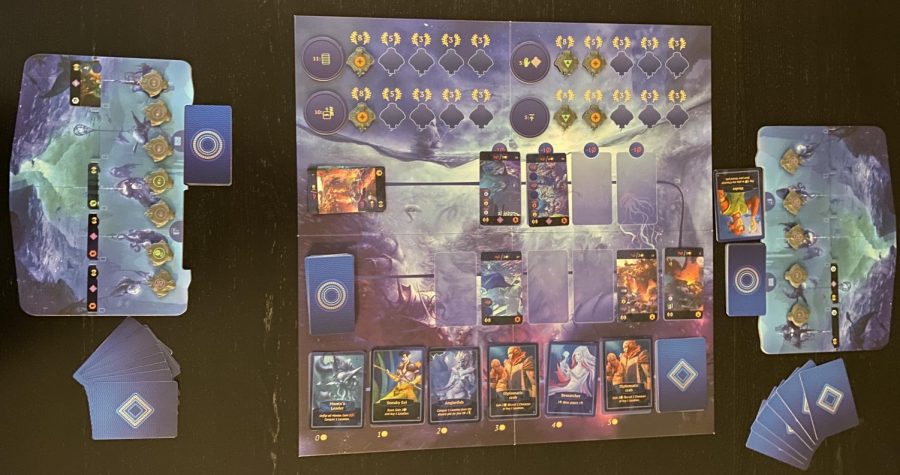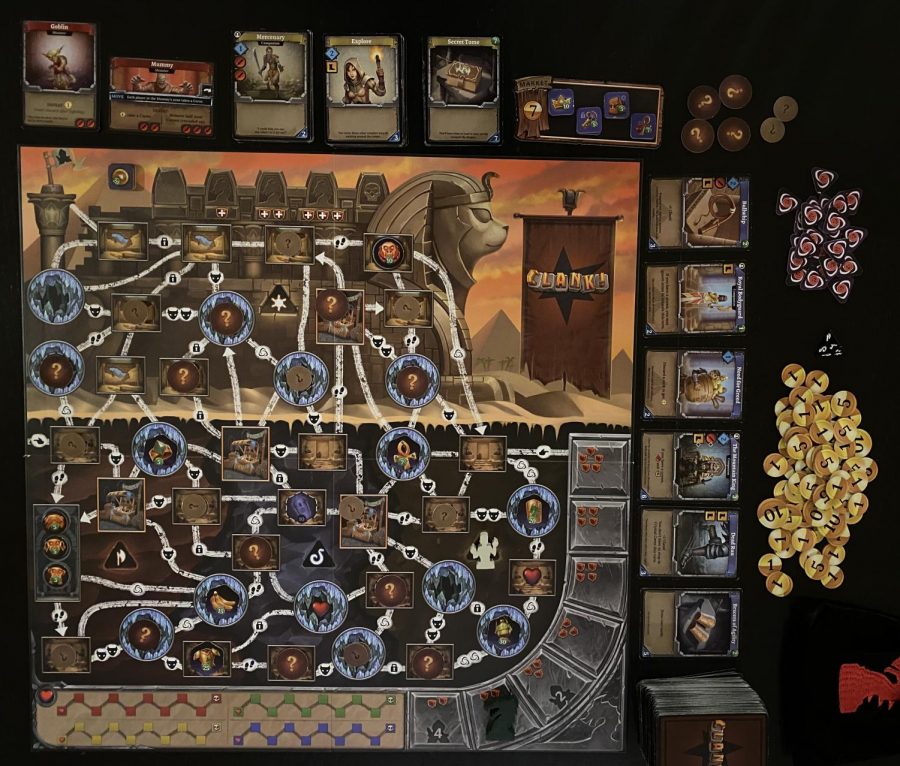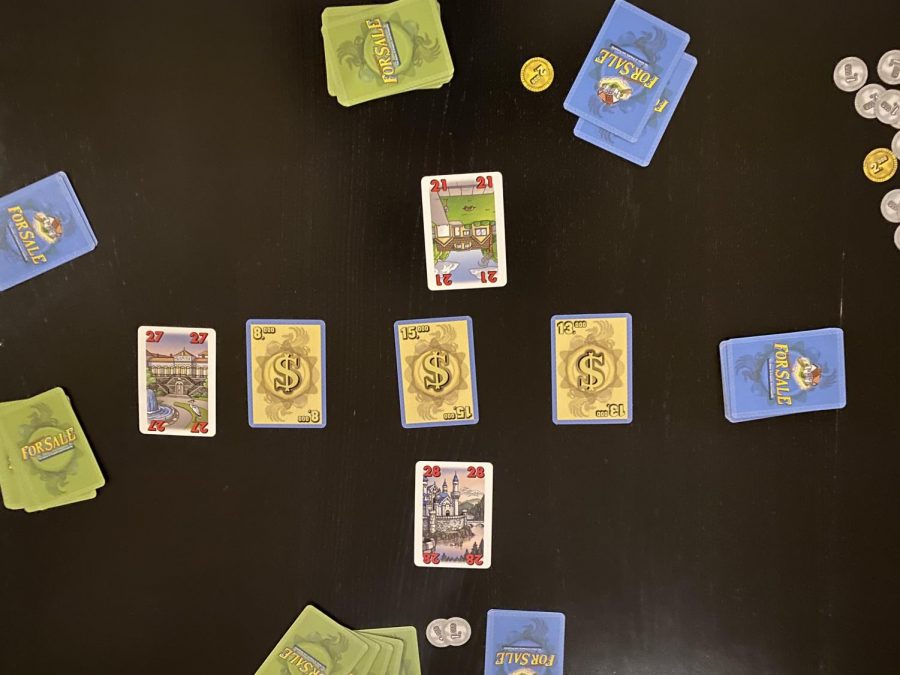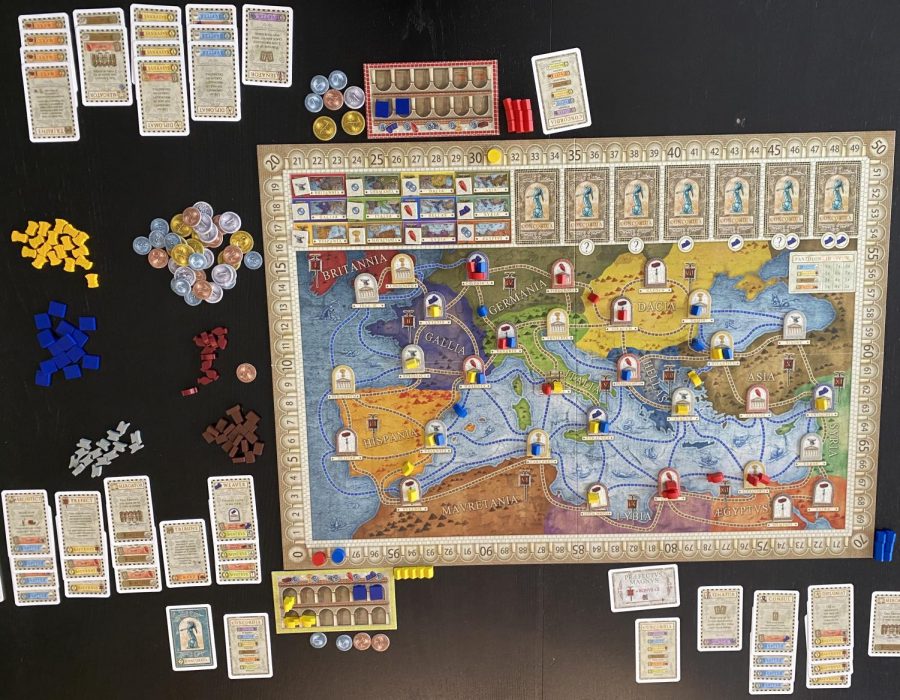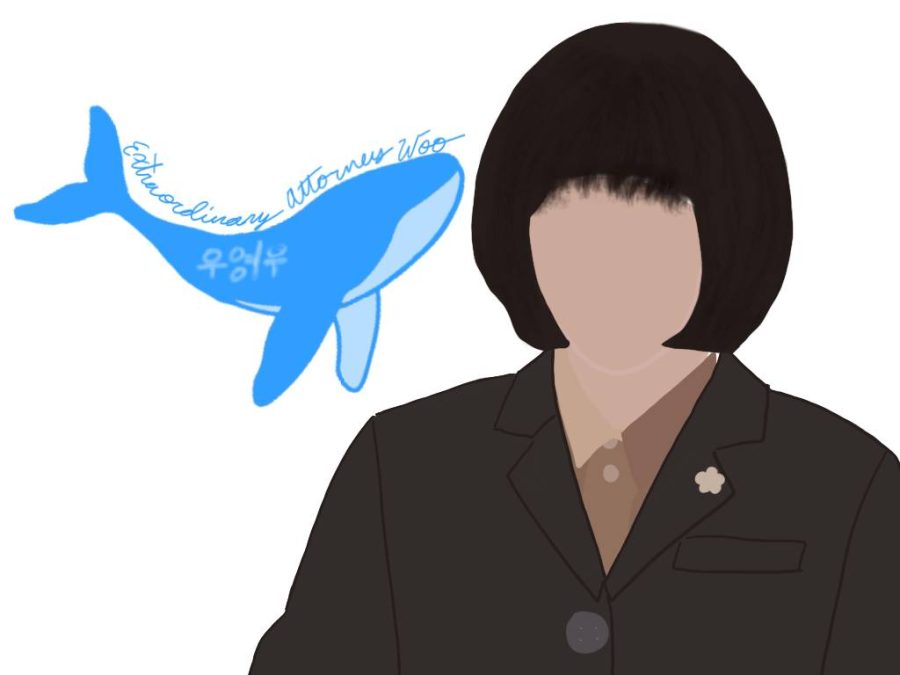Finally, the day has come where your seaplane is ready for flight. You can put on your goggles, start your propellers, and explore the neighboring islands to build your airstrips in the land of Wayfinders. You’ll need to beat your competitors to plane parts and equipment and know when it’s the right time to fly your plane and build your airstrips.
Wayfinders is a relatively new board game published by Pandasaurus Games in 2019 and designed by Thomas Dagenais-Lespérance. It is a fun, kid-friendly game that 2-4 players can play in 25-45 minutes. Here’s how you play!
How to Play
Wayfinders is divided into two boards. There is the hangar board, where players place workers and collect resources. Also, there is the island map made with a 5 by 5 grid of tiles with the home island in the middle. Each player gets a plane and an airstrip that starts on the home island, nine additional airstrips, and five workers.
On your turn, you will choose one of two possible actions. You can add a worker to a hangar or pull off all your workers to collect resources, fly your plane, and build airstrips. The hangar board is divided up into different rows, each representing an individual hangar.
That first option is simply placing one of your workers in any hangar on the hangar board. Each player can have up to three workers at one hangar. With more players, there are more rows of hangars.
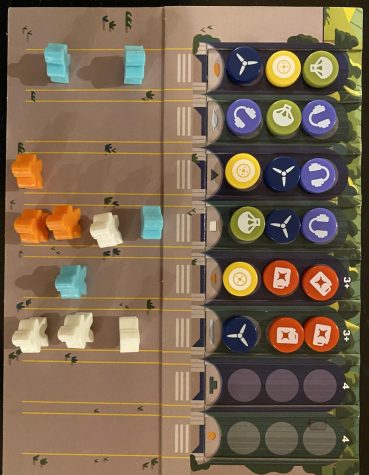
When you pull workers off the hangar board, the first thing you will do is collect resources. For each hangar, you will collect one resource per worker you had there. You will always start with the top resource. The order in which multiple players placed workers at the same hangar doesn’t matter.
Next, you can move and build airstrips. You can do this as much as you want as long as you have the required resources. Two of the same resource can be used as a resource of your choice.
Your plane moves orthogonally, one space at a time. Each time you move your plane, you may have to pay a resource to fly there. If any player has an airstrip there, the cost to fly there is free. Otherwise, you must pay one resource matching the color of the island. Now that you have moved to this island, you have the option to build an airstrip there, move again, or end this part of your turn.
If you choose to build an airstrip, look at the bottom of the tile, which depicts the cost to build an airstrip there. If you are the first player to build an airstrip on this island, return the resources to the resource bag. Otherwise, you must pay the resources you used to the player who built the first airstrip on that island. Building an airstrip will give you an immediate, permanent, or scoring effect in addition to the points listed on the tile. Each player can build one airstrip per island.
Some islands allow you to draw resources from the bag after building there. Some tiles will give you a permanent special ability, such as using a specific resource as a wild or skipping the island costs for certain colored islands. Other tiles will give you points for meeting certain conditions, such as each of your green islands or each airstrip you have on a tile surrounding this.
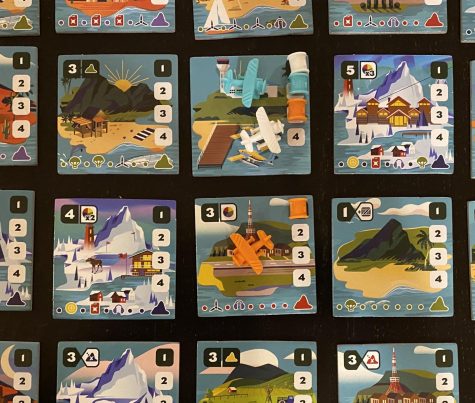
After building an airstrip, you may continue to move and build more airstrips. When you are done, you can only keep three of your remaining resources. You only do this on turns you pull of workers, so if another player pays you resources, you don’t have to discard down to three until after you get the chance to build airstrips. Lastly, you’ll draw resources from the bag to refill the hangar.
The game ends when a player has two or fewer airstrips left. At that point, the current round of play is finished before adding up points.
Final Thoughts
Wayfinders is an interesting game and it’s not very hard to teach others to play, especially since it only takes about half an hour or less to finish. I like it a lot because it incredibly creative and doesn’t play the same as every other game. However, there are some areas where it could have used some improvement.
Let’s start off with the replayability. Each game uses 24 tiles plus the home island. There are a lot of unused tiles in each game, and the position of the tiles is different every time as well. That makes each game feel different because the value of each resource and tile effects will be different. This is an area of the game that is well done.
Wayfinders uses a few mechanisms that are unique for what they accomplish. The place workers or pull all your workers off mechanism is unique, tactical, and has the right amount of player interaction. It’s also my favorite part of the game. It’s fascinating to have several resource rows, and having to pull your workers off allows for interesting planning. You’re constantly looking at each column trying to figure out where to place your workers to get the resources you need. However, you also have to consider the thought that someone else can pull off all their workers and take the first resources, leaving you with the later and possibly randomly drawn ones.
If you anticipate another player going to pull off their workers, you can plan to get the second or third resource in a column. The most efficient way to play the game is to place all your workers and then pull off because you’ll get five resources over the course of six turns rather than four resources over the course of five turns if you pulled off a turn sooner. That means you can also try to pressure other players to pull their workers off by placing your workers in the same column as them. If they really want the first resource there, they can pull their workers off early to secure those resources at the expense of efficiency. The game also scales well here because it adds additional hangars when there are more players.
I found flying and building airstrips a little disappointing. I imagined that there would be many valid ways to spend your resources.
The reason for that is I can always fly to a place with an airstrip for free. At the start of the game, I can build an airstrip on any of the four islands next to the home island without having to pay extra resources to fly. Once a player builds there, it opens up three more spaces for everyone to fly. As the game progresses, airstrips occupy most islands and you can now travel to almost any island without having to waste a resource flying through an empty island. If I fly further away from the main body of airstrips without a plan, I’ve cut off many places I can fly and will have to spend additional resources to get back to that main body of airstrips.
In addition to not flying very far, you are also not likely to build an airstrip where someone else with unless it happens to be a scoring tile worth a lot of points to you. Even though the second and third airstrips are cheaper because you didn’t have to pay to fly there, paying the resources to another player is huge. It likely means they will be able to build an additional airstrip on their next turn.
With two players, there are enough islands that you don’t have to build where someone else went. With three players, it seems that someone will have to build a second airstrip near the end of the game, which can possibly decide who wins the game. With four players, the map is tight, so there will be a lot of islands with multiple airstrips. That’s better than the three-player scenario as long as everyone isn’t paying the same person.
I didn’t hate the flying part of the game, I just think it’s important to note that it’s more significant how you place your workers and when you decide to pull them off. You’ll look at the board to figure out what resources you need, but how well you do on the hangar board determines how successful your flight will be.
I really like having many types of tiles because it affects your strategy. It’s kind of like the board is a puzzle that you have to solve to get the most points.
Some tiles let you immediately draw additional resources. That means you can get a lot of these tiles quickly and try to rush to the end of the game.
Another type of tile lets you get a permanent special ability. The ability to use a certain kind of resource as a wild is a lot of fun to play. Due to the shorter game length, this ability is well balanced. The ability to hold extra resources after flying almost never comes into play, but those tiles cost very little and aren’t worth much, so they are also fair. I have seen it used a few times when a player would save some resources for a mega turn or if they want to get an expensive scoring tile. The third kind of ability lets you avoid the island costs for a particular color. Having one of these abilities makes the movement more interesting, at least for the beginning of the game while most islands are still empty. I can try to control a lot of tiles of this color because I won’t have to pay the island cost, or I can use the ability to travel further and build airstrips that don’t give my opponent’s more places to move on their turn.
The scoring effects are reasonable. Depending on where they are located and what other tiles are on the board, the strength of these tiles will be a hit or miss. Because of the high level of replayability, the scoring tiles are phenomenal. These tiles are also balanced by making better scoring effects cost more resources than ones with weaker effects. I only had issues with one tile involving making 2 by 2 grids with your airstrips because it just seemed extremely weak and expensive.
However, scoring takes us to an area where the game needs fixing. The issue is not scoring, it’s how the game ends. To understand that more, let’s dive into how scoring feels. The resource tiles and special ability tiles give you a number of points shown on the tile. The scoring effect tiles can potentially give you up to five times as many points as any other tile if you build airstrips on the right combination of tiles. You also get one point for each resource you have and a point for each worker left in the hangar. When I play, the scores will be in the twenties or thirties or forties in a 2-player game. I like how scoring feels because rush strategies and going big with scoring effect tiles can both be successful strategies. The permanent effects can also help you shape your flight plan.
The issue is that you get more points for your resources by flying your plane than by holding the resources and workers at the end of the game. Because the current round of the game is finished, it means that some players at the start of turn order will not get to fly there plane again and may have a lot of workers stuck at the hangar. Being sooner in turn order does not give them a big enough advantage to compensate for a lost opportunity. Being able to build an airstrip first doesn’t help them too much because it gives other players more places to fly.
The sudden end is unacceptable and the game would be better if they did something special to end the game. Either they could give everyone else a last turn or do some kind of special final flight to make the game really seem like its ending. Whenever I play, I give everyone besides the player who ends the game one more turn before we score.
The last thing I’ll touch on is the component quality. The resource tokens are great. The airplanes are great. The airstrips are great. The workers suck. There have all these extra bits sticking out of them that easily could have been cut off before they packaged the game. Because of that, they always are leaning when we place them on the hangar board.
The cartoony artwork works and matches the theme. It’s apparent that a lot of effort went into designing how each tile looks like, even though the artwork on the tiles doesn’t affect the gameplay.
Overall, Wayfinders was a game that I enjoyed because it did something different and did it well in most aspects. You can get a copy of this game online or at game stores for $20-40. With the sudden game end and the worker component being the only real setbacks, I give Wayfinders an 8.5 out of 10 because of its amazing way to collect resources, balanced abilities when you build airstrips, and tons of replayability.

